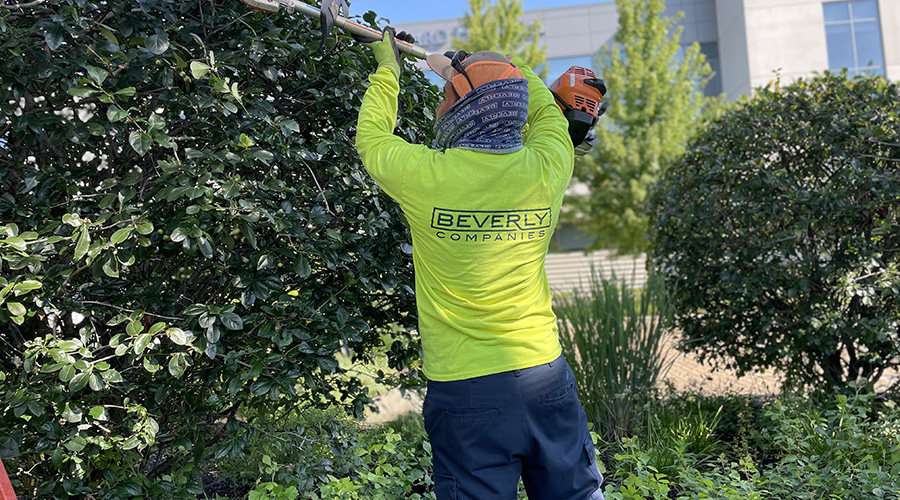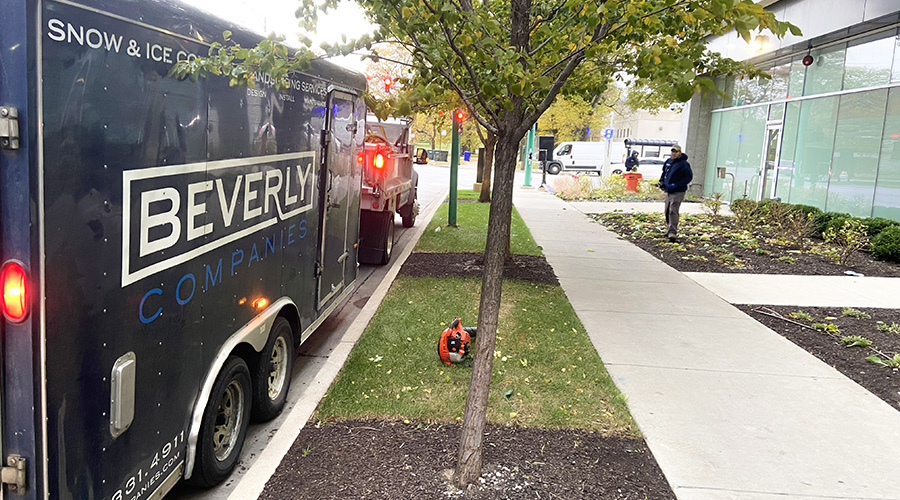Green Landscapes: Grounds Care Activities can Have Big Impact on Environment
Much of the focus on sustainability in institutional and commercial facilities focuses on building components and systems and their energy-efficient operations. The focus is understandable, given their high levels of energy use and their resulting impact on the environment.
But often overlooked in such discussions are the landscapes surrounding facilities, which also can have a tremendous impact on the environment. While discussions of sustainable landscapes often center on the use of fertilizers and other chemicals, grounds managers also need to consider a range of important areas and activities — from irrigation and mulching to plant selection and maintenance — in their efforts to make landscapes more environmentally friendly.
Irrigation Issues
Irrigation systems are not one-size-fits-all technology, so managers need to ensure their systems are designed to address the property's specific needs. This goal is essential in areas with either limited water supplies or water restrictions.
Sprinkler heads are key components to consider when inspecting an existing irrigation system or when having a new one installed. By specifying the most appropriate type of sprinkler heads and ensuring they are installed in a uniform manner, managers can prevent the unnecessary watering of sidewalks and parking areas.
Proper maintenance of irrigation systems also is essential because a poorly maintained system can prevent a significant amount of water from ever reaching its intended target. Instead, the water is lost to runoff, evaporation and deep watering below the root zone. Ensuring an irrigation system is properly maintained also reduces water waste and pollution from runoff and over-irrigation, while improving the landscape's health by applying the correct amount of water.
While grounds workers should perform a full check of irrigation systems every month, weekly monitoring can help uncover possible problems before they cause significant damage. Many problems with irrigation systems go undetected for extended periods, which can result in significant amounts of wasted water.
Monthly system checks also ensure that rain sensors function properly, that moisture sensors are programmed correctly, and that filters have been inspected and cleaned and are free of sediment. Failure to properly maintain these individual pieces of the irrigation system can result in excess water use, increasing operation costs.
Related Topics:














